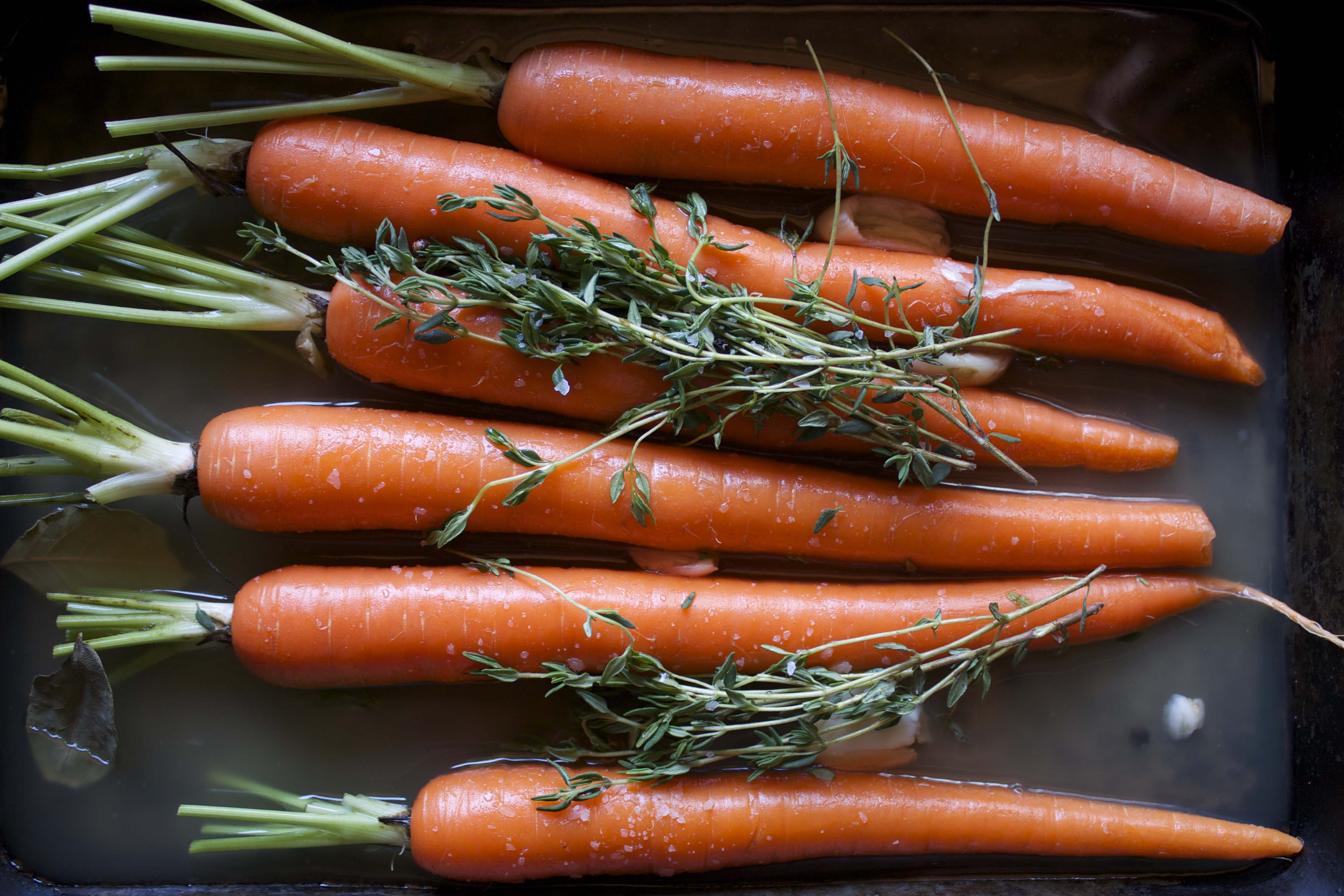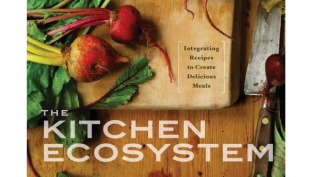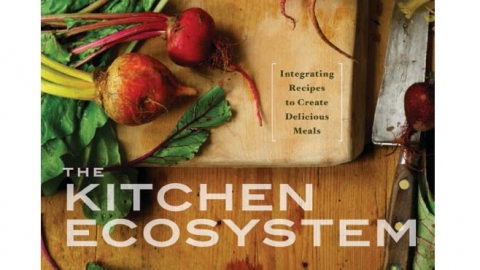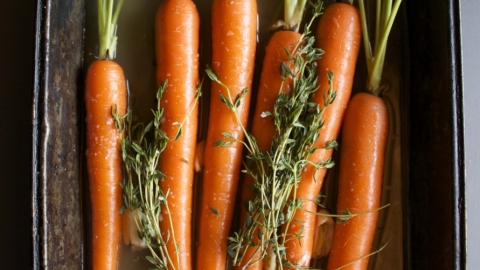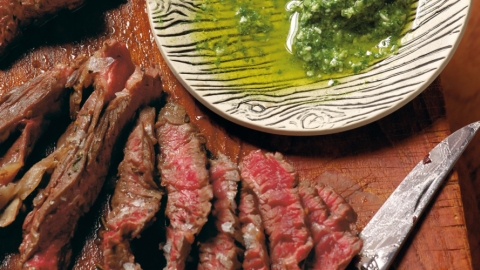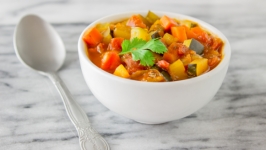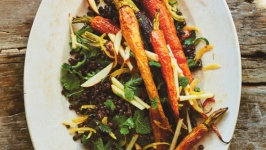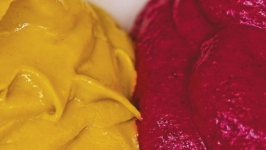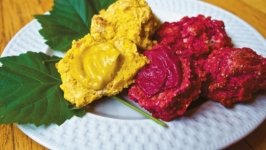Digging Carrots
An Excerpt from the Kitchen Ecosystem
For years I was trapped in the mentality that carrots’ primary role in my kitchen was as part of the tripod upon which many Italian dishes stand: carrots, onions and garlic. These aromatics are known as a battuto (which can include other ingredients as well, like celery and parsley; once cooked, the combo is called a soffritto). But then my local farmers’ market started selling beautiful carrots, bound by a piece of twine and topped with a head of feathery greens that cooked up impossibly tender and sweet: hardly the working horse carrots that I used to buy in the grocery store. It didn’t take long for me to move beyond the notion that carrots were supporting players in the kitchen and realize that they can, and should, be the stars. And not just the root but also the glorious greens as well.
Carrots were cultivated as long ago as the eighth century B.C., in Babylon, but Alan Davidson, author of the Oxford Companion to Food, guesses they were cultivated not for the root but for their herby greens. (It is a member of the parsley family.) Which is ironic, because today most people toss the greens. Not only are carrot greens edible, they’re delicious.
When buying carrots with their greens look for bright, moist leaves. Avoid carrots that are rubbery or wrinkly. They should be very firm and smooth (bumpy is OK). Small, immature carrots are less flavorful than mature carrots, but slender, young carrots are best. Since, like beet greens, carrot greens pull moisture from the root, as soon as I get them in the kitchen I separate the greens from the root. The greens can be processed into Carrot Pesto right away, to be served with a piece of grilled meat, poultry or fish, and the carrots stored in a plastic bag in the fridge (but away from apples, which emit a chemical that can cause off flavors in the carrots). If your carrots get soft or limp you can resuscitate them in cold water; remove the cores of the old ones, which can be tough.
Lately I have been braising carrots in a little homemade chicken or vegetable stock, white wine and butter, which is divine, and making an addicting marinara sauce that is super sweet because of all the carrots in it. Indeed, carrots are excellent in deserty recipes. I make a sweet and sour carrot jam that is fantastic on a mozzarella sandwich, and often add shredded carrots to muffin batters for flavor and texture.
And that’s just getting started. I pressure can carrots to have on hand for quick souffles, make clean-tasting slaws with shredded carrots and feta cheese, cook veal stew with nubby “Paris Market” cultivars that are the same size as the hunks of meat, whip up creamy carrot soup and, of course, every once in a while, a glorious carrot cake, redolent with the spices carrots love: ginger, nutmeg and cinnamon.
Now, when I go to the market I don’t buy carrots to make dinner.
I buy carrots to be dinner.
Carrots and Eyesight
The reason why it is said that carrots are good for your eyes is based on World War II propaganda released by the British Royal Air Force, which published a story saying that one of its fighter pilots could see so well in the dark due to his diet of carrots. Eating carrots won't cure your myopia but they do contain beta-carotene (it's what colors carrots orange), which we metabolize into vitamin A, an important nutrient for eye health.
Equivalencies
1 pound of fresh carrots, or 5 to 7 medium-sized carrots, equals about 2 cups of shredded or sliced carrots. Since there is little shrinkage, 2 cups of shredded carrots equals about 2 cups of cooked carrots. One 6-inch carrot produces about 70 ml of juice.
Carrot Preserving
Carrots have a pH between 5.88 and 6.40, way too alkaline for water bath processing unless you acidify by making them into pickles, which can be processed in a water bath. You can freeze carrots by peeling and blanching in boiling water for 2 to 5 minutes depending on whether you are freezing pieces or whole carrots, and then pack into freezer bags. You can root-cellar carrots (don't wash: remove the greens but leave a stub a couple of inches long and pack in straw or moist sand). At 32° they will keep for about 6 months. And you can dry carrots. Boil for 4 minutes, and then dry at 135° in your dehydrator until brittle.


